Who Produces the Most Beef in the World
Largest Meat-Producing Nations In The World
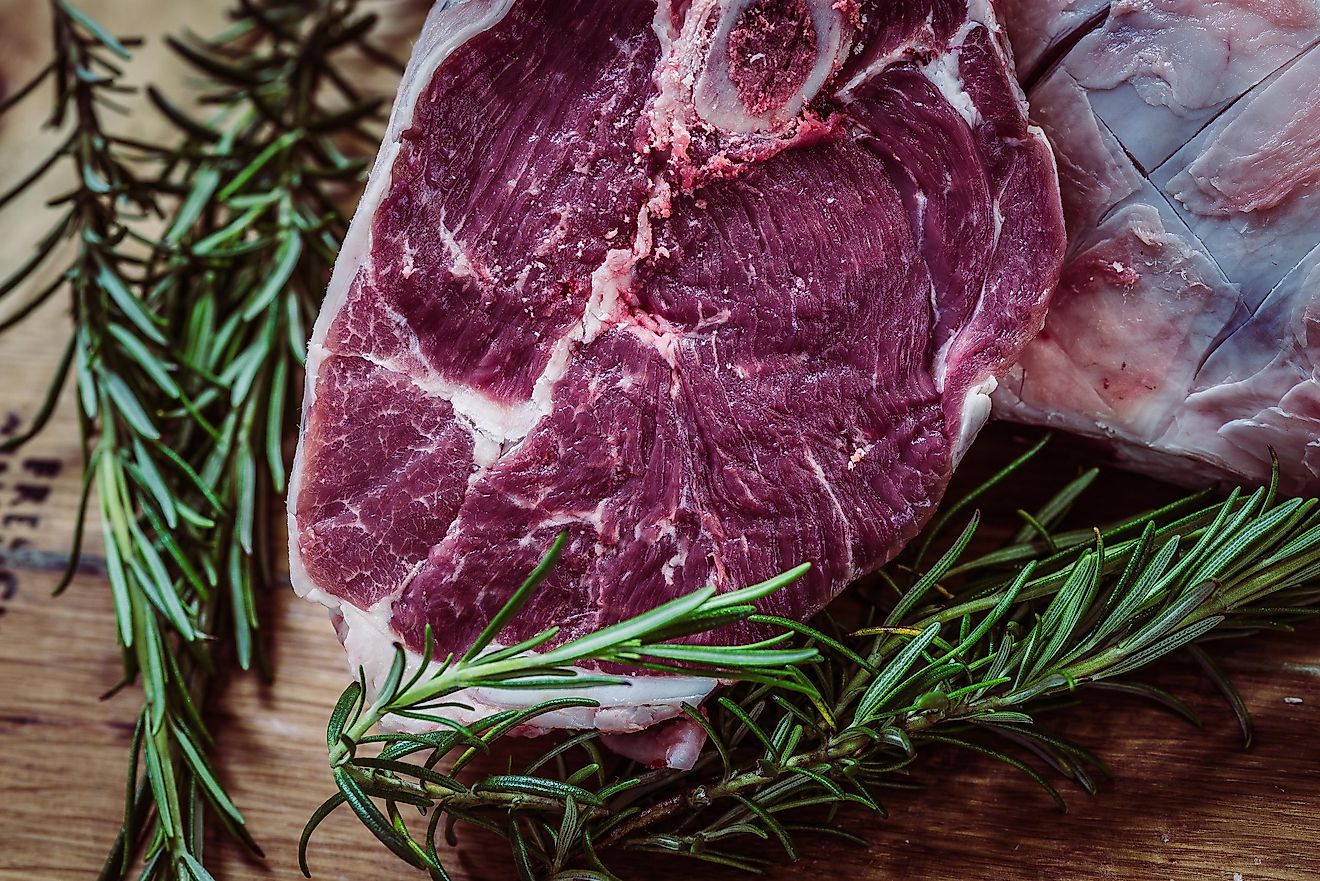
- meat supply chains have been encountering problems as workers have become sickened.
- restaurants and grocery stores were not getting their usual supplies and cuts of meat.
- China was the top producer in the world, with 88,156,383 tons per year.
- Factory farms are built on large tracts of land that are used to raise animals, especially domestic livestock like cattle.
If you were wondering what has happened to all the beef during the COVID-19 pandemic, meat supply chains have been encountering problems as workers have become sickened. Working in close proximity to one another cutting and trimming meat has caused workers to contract the virus, and plants have closed down. Prices have increased and supply has decreased, although this situation will not last forever.
Meanwhile, marketplace.org reported that United States meat is still being shipped to other countries overseas, including China. Reuters reported that China also has shortages, mainly caused by African swine fever that has killed half of its pig population during the past two years.
The Defense Production Act
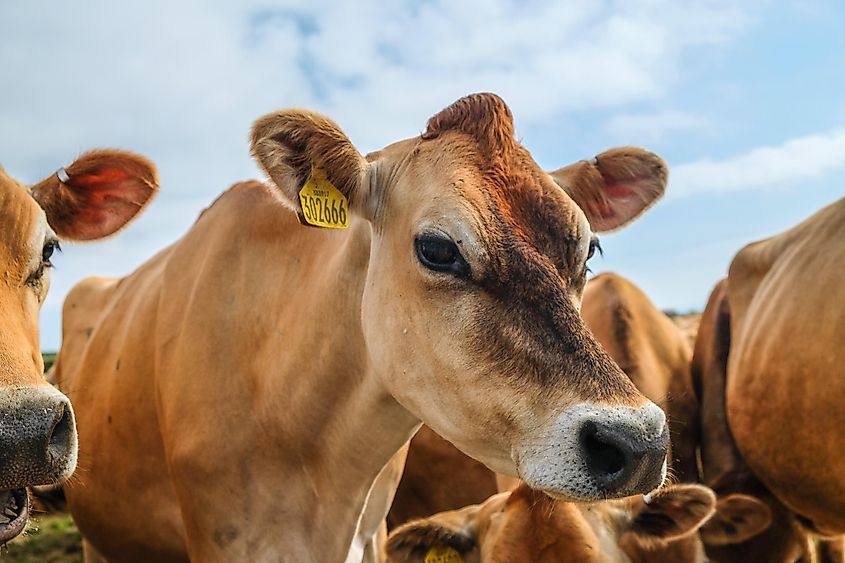
In the U.S., meatpacking plants were in crisis, without enough employees; farmers had too many cattle, chicken, and hogs that needed to be fed but could not be sold. As a result, restaurants and grocery stores were not getting their usual supplies and cuts of meat.
President Trump's Defense Production Act in April forced meat plants to remain open to keep supplies up. The pork company Smithfield is ramping up production to produce more meat for Americans, and another U.S. meat processor, JBS, has cut back on imports to other countries.
The Top Five
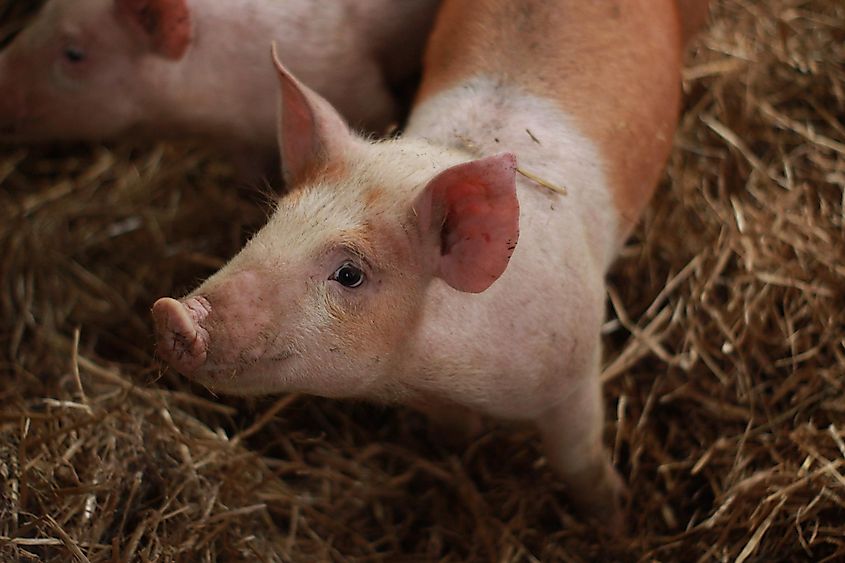
Before the pandemic hit and it was business as usual for the meat industry, China was the top producer in the world, with 88,156,383 tons per year. In 2019, the retail sales for meat products here was 35.3 metric tons. Although this country is a big meat consumer (numbers have gone up in recent years), annual consumption per person falls behind other countries. Europe comes in second at 63,845,936; the U.S. is third at 46,832,946; Brazil produces 29,341,250; and Russia is fifth with 10,629,378 metric tons per year.
Looking at the average annual consumption of meat per person, the United States comes in first, Brazil second, and Canada third, followed by the United Kingdom, China, Kenya, and India.
What is Factory Farming?
The rise in factory farming began during World War II, when there were labor shortages in farms and factories. Factory farms are built on large tracts of land that are used to raise animals, especially domestic livestock like cattle. The large numbers of animals are raised in conditions to maximize production while minimizing cost - this is why those numbers chart so high. These farms have been widely criticized, especially in recent years, by conservationists and animal rights groups.
Factory Farming in Asia
Factory Farms in Asia have been in the news for many reasons. In response to Asia's changing tastes and increasing populations, Asian food companies have expanded meat production in recent years. The Guardian reported that the use of antibiotics there will double within a decade, and that factory farming of poultry increases the threat of bird flu. They also predicted that antibiotic use in pig and poultry farms will also increase by more than 120% in the next decade. Coller Capital's Jeremy Coller stated that in order to combat threats like epidemics, antibiotics, and emissions, sustainability and management issues in these markets must be addressed.
Factory Farming in the U.S.
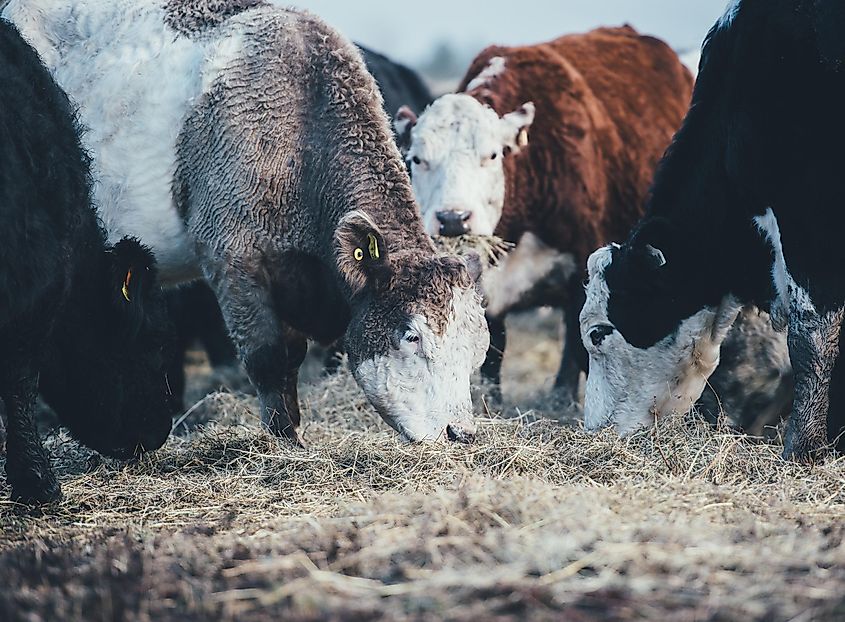
As more and more U.S. residents turn to sustainable and organic meats, many will be surprised to learn that one study claims that 99% of farmed animals here are raised on factory farms. A 2022 USDA Census of Agriculture (released in 2019) showed that 99.9 percent of chickens raised for meat, 99.8% of turkeys, 98.3% of pigs, 98.2% of chickens raised for eggs, and 70.4% of cows were from factory farms. "It is still the predominant system of animal agriculture," said Sentience Institute Executive Director Kelly Witwicki. She also called the situation a "moral catastrophe."
In Europe
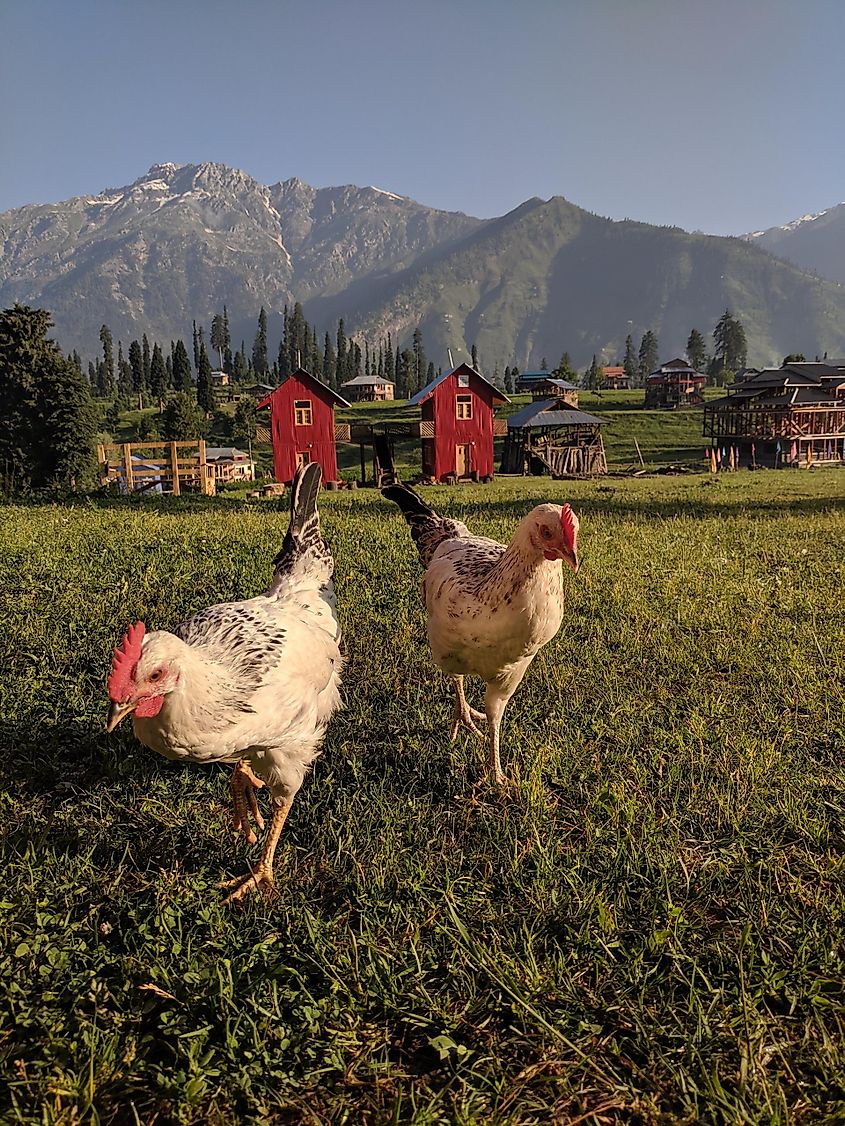
The third-biggest meat producing region, Europe, seems divided over the factory farming issue. Although the European Parliament agriculture committee subsidizes factory farms, there was a plan in the works to cut the funding. The environmental committee wanted to do this and limit the number of animals allowed on the farms, increasing animal welfare standards. These propositions were recommended to promote climate and ecological-friendly farming and to allow animals to move around; it was also a way to allow manure to be disposed of in a safe manner. These proposals were rejected by the agriculture committee.
Largest Meat-Producing Nations In The World
| Rank | Country | Livestock Primary In Tonnes |
|---|---|---|
| 1 | China | 88,156,383 |
| 2 | Europe | 63,845,936 |
| 3 | United States | 46,832,946 |
| 4 | Brazil | 29,341,250 |
| 5 | Russia | 10,629,378 |
| 6 | Germany | 8,188,920 |
| 7 | India | 7,454,329 |
| 8 | Mexico | 7,051,277 |
| 9 | Spain | 7,028,021 |
| 10 | Australia & New Zealand | 6,111,174 |
| 11 | Argentina | 5,930,063 |
| 12 | France | 5,621,700 |
| 13 | Vietnam | 5,227,733 |
| 14 | Canada | 4,893,195 |
| 15 | Australia | 4,658,530 |
| 16 | Poland | 4,462,900 |
| 17 | United Kingdom | 4,087,453 |
| 18 | Japan | 4,016,429 |
| 19 | Pakistan | 3,870,230 |
| 20 | Turkey | 3,668,362 |
| 21 | Italy | 3,667,805 |
| 22 | Philippines | 3,641,656 |
| 23 | Indonesia | 3,596,531 |
| 24 | Myanmar | 3,528,801 |
| 25 | Iran | 3,086,281 |
| 26 | Netherlands | 2,936,411 |
| 27 | Thailand | 2,932,944 |
| 28 | Colombia | 2,829,394 |
| 29 | South Korea | 2,498,302 |
| 30 | Ukraine | 2,382,786 |
| 31 | Egypt | 2,152,429 |
| 32 | Malaysia | 2,113,716 |
| 33 | Peru | 2,015,635 |
| 34 | Denmark | 1,874,459 |
| 35 | Belgium | 1,825,437 |
| 36 | Taiwan | 1,531,124 |
| 37 | Chile | 1,504,623 |
| 38 | New Zealand | 1,452,644 |
| 39 | Nigeria | 1,451,207 |
| 40 | Morocco | 1,345,660 |
| 41 | Venezuela | 1,294,958 |
| 42 | Caribbean | 1,264,146 |
| 43 | Uzbekistan | 1,205,758 |
| 44 | Belarus | 1,193,215 |
| 45 | Romania | 1,151,673 |
| 46 | Ireland | 1,139,853 |
| 47 | Kazakhstan | 1,050,620 |
| 48 | Hungary | 1,037,355 |
| 49 | Sudan | 986,987 |
Source: https://www.worldatlas.com/articles/largest-meat-producing-nations-in-the-world.html
0 Response to "Who Produces the Most Beef in the World"
Post a Comment